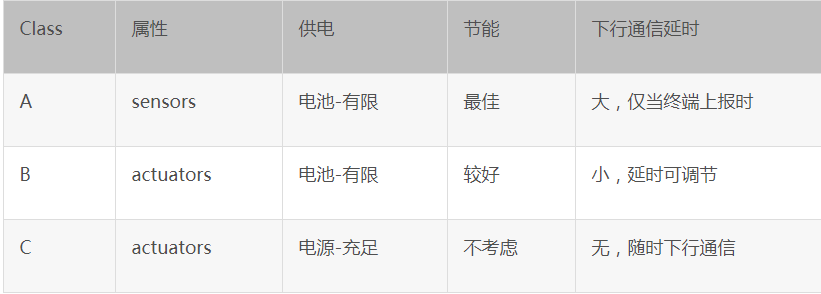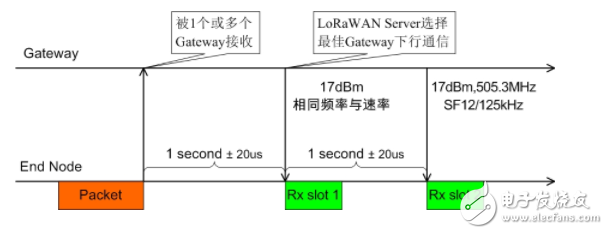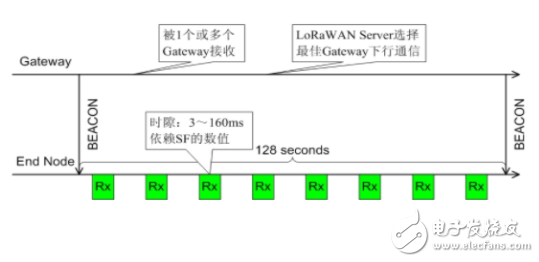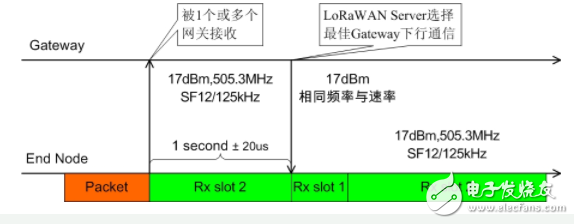This article provides an overview of the key components in LoRaWAN technology, including sensors, actuators, and their associated terminal devices. Sensors are central to LoRaWAN networks, collecting and transmitting data efficiently. Actuators, on the other hand, are responsible for executing commands and often require precise timing calibration. These devices are typically designed for applications that demand reliable power sources.
Different use cases have varying technical requirements, which is why LoRaWAN categorizes End Nodes into three distinct classes. Each class offers a balance between battery life, wake-up delay, and communication capabilities. Understanding these differences helps users select the most suitable option for their specific application.
1. Characteristics of the Three Types of Terminals

2. Class A
Class A is the most commonly used type in LoRaWAN networks. The End Node sends data packets based on its own schedule, which can be received by one or more Gateways. After a short delay of about one second, the strongest Gateway responds using the same frequency and data rate as the uplink. If the End Node successfully receives the downlink in Rx slot 1, it will not open Rx slot 2. Otherwise, it will activate the second receive window at 505.3MHz with SF12/125kHz (as per China's regulations).
Class A is highly energy-efficient since the device only wakes up for transmission and two receive windows. However, this means that the LoRaWAN Server can only send data downstream after the End Node has sent an upstream message.

3. Class B
Class B End Nodes synchronize their internal clocks by receiving periodic Beacon signals from the Gateway every 128 seconds. During the intervals between Beacons, the End Node opens several "ping slots" for potential downlink communication. If the Gateway’s preamble is detected during one of these slots, the full downlink packet can be received.
The number of ping slots can be adjusted depending on the device’s power level and the application’s needs, allowing for a balance between energy efficiency and responsiveness.

4. Class C
Class C is specifically designed for high-power actuators such as smart sockets and remote-controlled switches. Unlike Class A and B, Class C remains in a constant receive mode, allowing the server to communicate with the device at any time. This makes it ideal for applications where real-time control is essential.
In addition to sending data and receiving in Rx slot 1, Class C also listens in Rx slot 2, ensuring continuous connectivity and low latency for downstream communications.

epon olt sfp module,gpon 8port olt,4port epon olt,gpon olt with edfa,olt sfp module
Shenzhen Runtop Technology Co.LTD , https://www.runtoptech.com